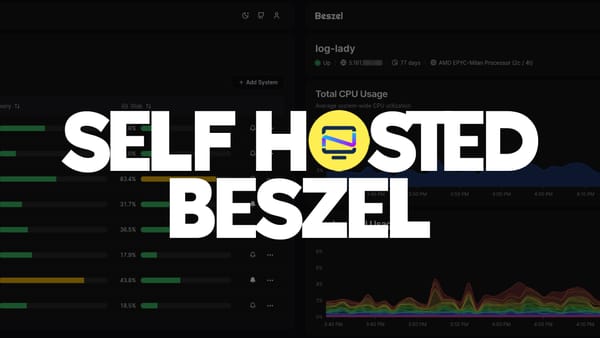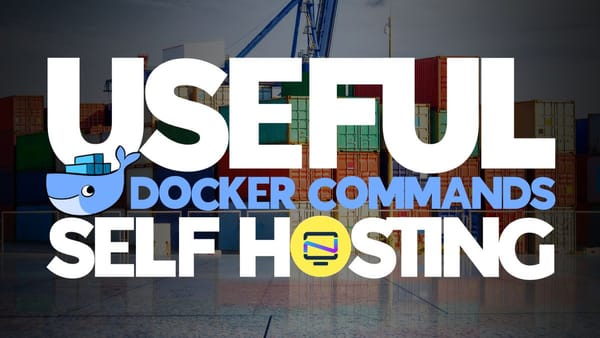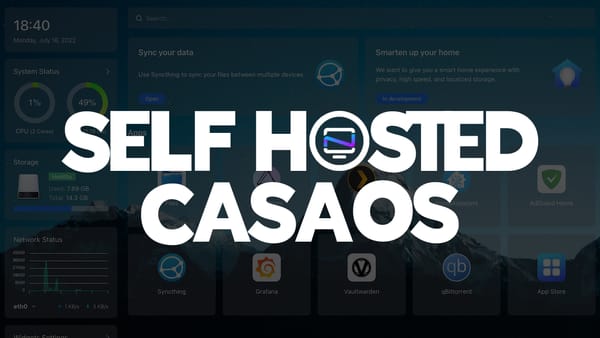Cloudflare Tunnels vs Nginx Proxy Manager - Which will You Use?
Should you use Cloudflare Tunnels or Nginx Proxy Manager? Here's what you need to consider.
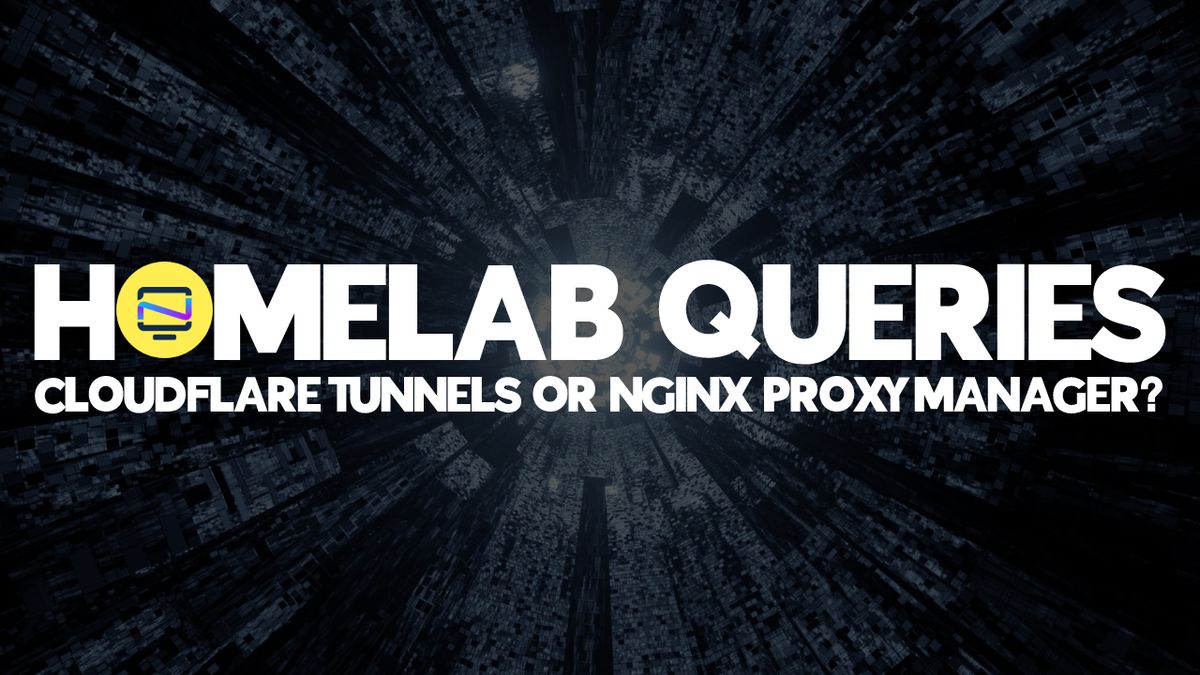
When deciding whether to use Cloudflare Tunnels or Nginx Proxy Manager, it's important to consider your specific use case and requirements. Both tools are used to set up a reverse proxy, which allows you to route traffic from one server to another. However, there are differences in the features, security, complexity, and cost of each tool.
Features:
Nginx Proxy Manager offers more advanced features than Cloudflare Tunnels. It can perform SSL termination, URL rewriting, and load balancing, among other features. SSL termination allows the proxy server to decrypt HTTPS traffic and forward it to the backend server in unencrypted form, which can help improve performance. URL rewriting allows you to modify the URLs of incoming requests before they're forwarded to the backend server, which can be useful if you need to change the structure of your website. Load balancing allows you to distribute traffic across multiple backend servers, which can help improve availability and performance.
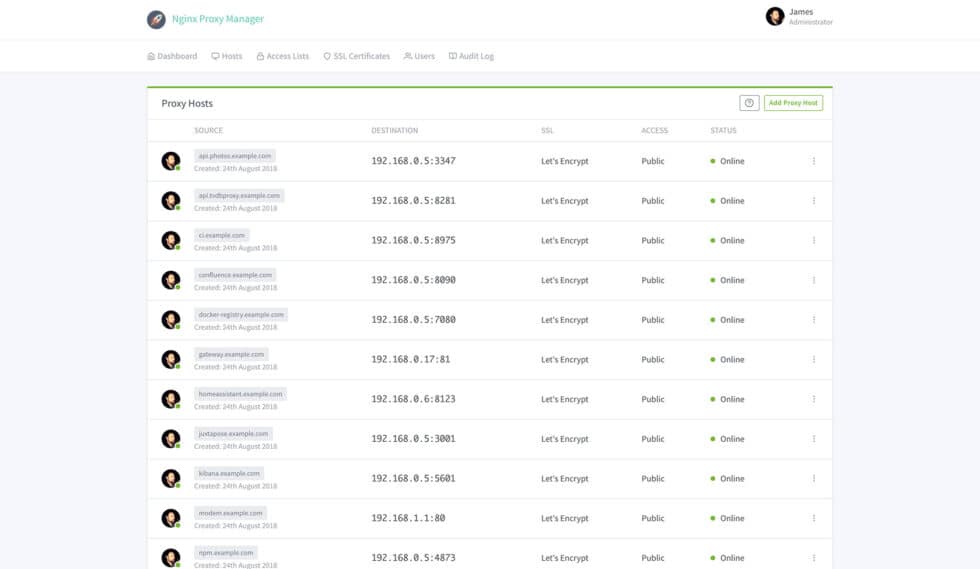
Cloudflare Tunnels, on the other hand, is a simpler tool that focuses on providing secure access to your server. It doesn't offer as many advanced features as Nginx Proxy Manager, but it does provide an extra layer of security by routing traffic through Cloudflare's network. This can help protect against DDoS attacks and other threats.
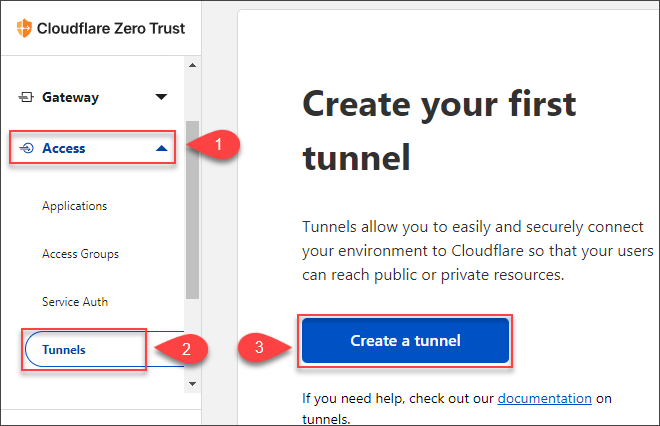
Security:
As mentioned, Cloudflare Tunnels provides an extra layer of security by routing traffic through Cloudflare's network. This network has built-in security features, such as DDoS protection and Web Application Firewall (WAF), that can help protect your server from attacks.
Nginx Proxy Manager doesn't provide the same level of built-in security as Cloudflare Tunnels, but it can still be configured to be secure. For example, you can configure SSL certificates to encrypt traffic between the proxy server and backend server, and you can restrict access to the proxy server by IP address or username and password.
Complexity:
Nginx Proxy Manager is a more complex tool than Cloudflare Tunnels. It requires you to set up a server to run on, which can incur additional costs. You'll also need to configure Nginx Proxy Manager correctly to ensure it's secure and performing optimally. If you're new to server management, this may be a challenge.
Cloudflare Tunnels, on the other hand, is a simpler tool to set up and use. You don't need to worry about managing a server, as all the traffic is routed through Cloudflare's network. However, you'll still need to configure your backend server to accept traffic from Cloudflare's IP addresses and configure DNS settings to point your domain to Cloudflare.
Cost:
Cloudflare Tunnels is free to use, whereas Nginx Proxy Manager requires a server to run on, which can incur additional costs. You'll need to pay for the server hosting, as well as any additional costs associated with running and maintaining the server.
Final Notes and Thoughts
Whether to use Cloudflare Tunnels or Nginx Proxy Manager depends on your specific requirements. If you need advanced features, such as SSL termination, URL rewriting, and load balancing, and are comfortable with server management, Nginx Proxy Manager may be the better choice. If you're looking for a simpler option or need an extra layer of security, Cloudflare Tunnels may be the better choice. Ultimately, both tools can be effective for setting up a reverse proxy, so it's important to evaluate your needs and choose the tool that's right for you.


